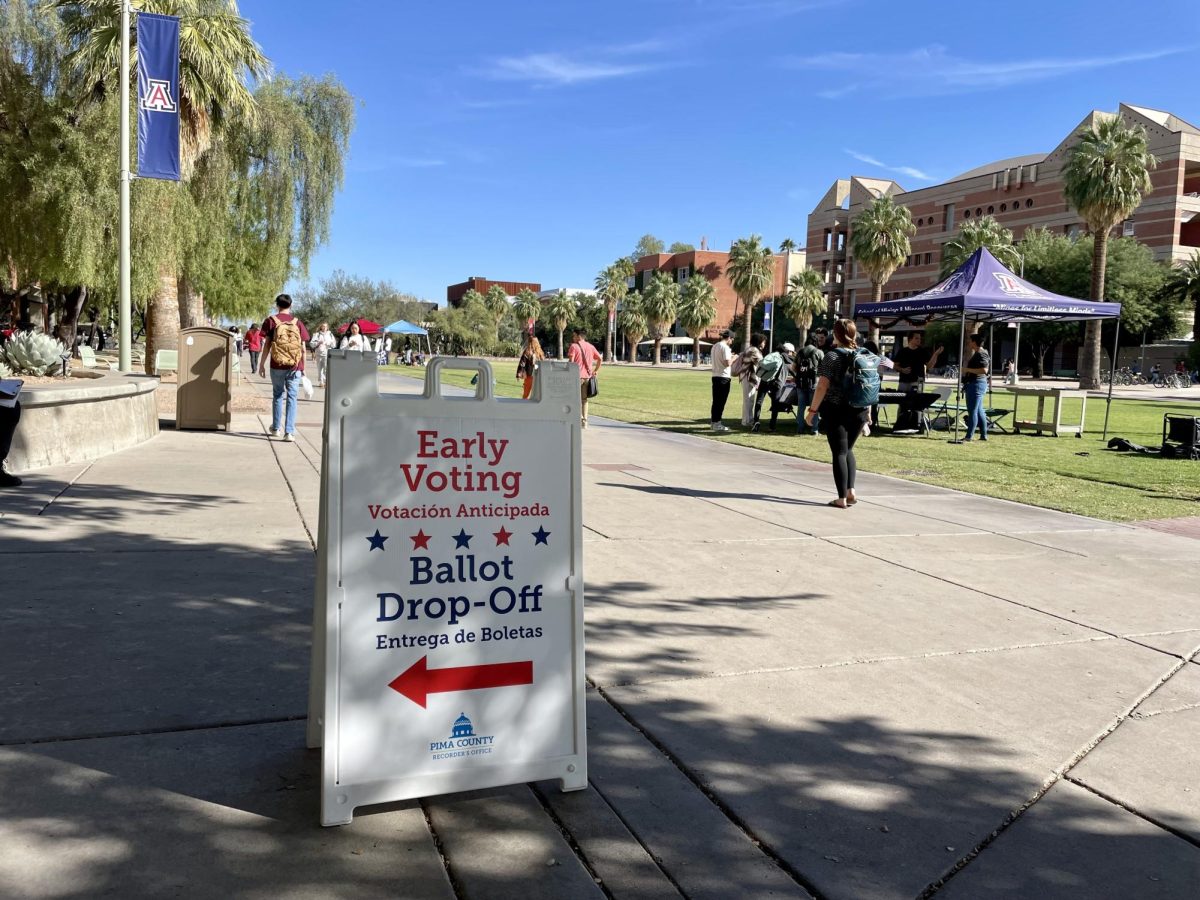Although the government shutdown has little effect on universities, reports say it might have more serious implications for financial aid or research agencies if it were to last longer than one week.
One minute after midnight, EST, on Tuesday, the government was forced into a partial shutdown after Republicans and Democrats failed to reach an agreement on a spending deal for the new fiscal year.
In planning for a potential government shutdown, the U.S. Department of Education published a contingency plan on its website stating that, in the event of an interruption or absence of an appropriation or continuing resolution, the department would perform only work considered to be an exception from the shutdown. This includes support of financial aid as well as other authorized payments and obligations.
More than 14 million students receive federal student aid in the form of grants and loans at more than 6,600 schools through Pell Grants and Direct Student Loan programs, according to the plan.
Pell Grants and student loans for these students could continue as normal, the plan said. Essentially, financial aid would not be affected in the short-term.
“What we understand is the Department of Education will continue to award student aid and student loans,” said Andrea Smiley, associate vice president of the UA Office of Communications. “Also, the research entities that have provided grants to the university will be able to continue to fund those existing grants.”
Though that may depend on how long the shutdown lasts.
In the event of a shutdown, the department plan stated it would furlough — meaning employees would be placed on a leave of absence — 90 percent of its total staff for the first week of the lapse. After a week, the department would phase in employees as needed to “prevent significant damage to the underlying activity,” though no more than 6 percent of staff would be back to work during a shutdown.
However, a delay in department obligations and payments beyond one week would severely curtail the cash flow to school districts, colleges and universities and vocational rehabilitation agencies that depend on the department’s funding to support their services, the contingency plan stated.
“For the most part, the current fall semester, everything [financial aid] has already been processed,” said Beth Acree, UA registrar and interim director of the Office of Scholarships and Financial Aid. “We sort of passed the critical time with the beginning of the fall semester, so that’s kind of in our favor.”
On the research level, spending for most existing federal grants and contracts can continue, according to Jennifer Barton, interim vice president of research in the UA Executive Office of the President.
If there are federal grants and contracts that rely on cooperative agreements or the use of federal government resources, the issue will be that federal personnel are unavailable, she added.
“It [the shutdown] will definitely delay new funds coming into the university, which is not a positive development for us,” Barton said.
Overall, any uncertainty over the budget is bad, Barton said.
“[It] could lead to delayed or reduced awards in this next fiscal year,” Barton said, “which would of course be difficult on the whole research enterprise, including the personnel who work here.”
– Follow Alison Dorf @AlisonRaeDorf








